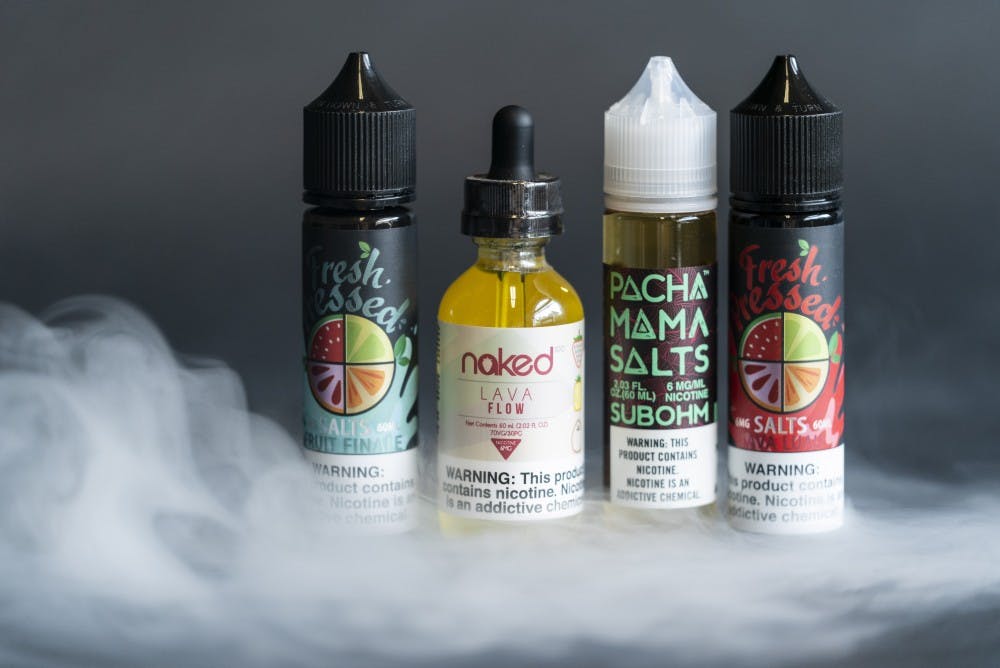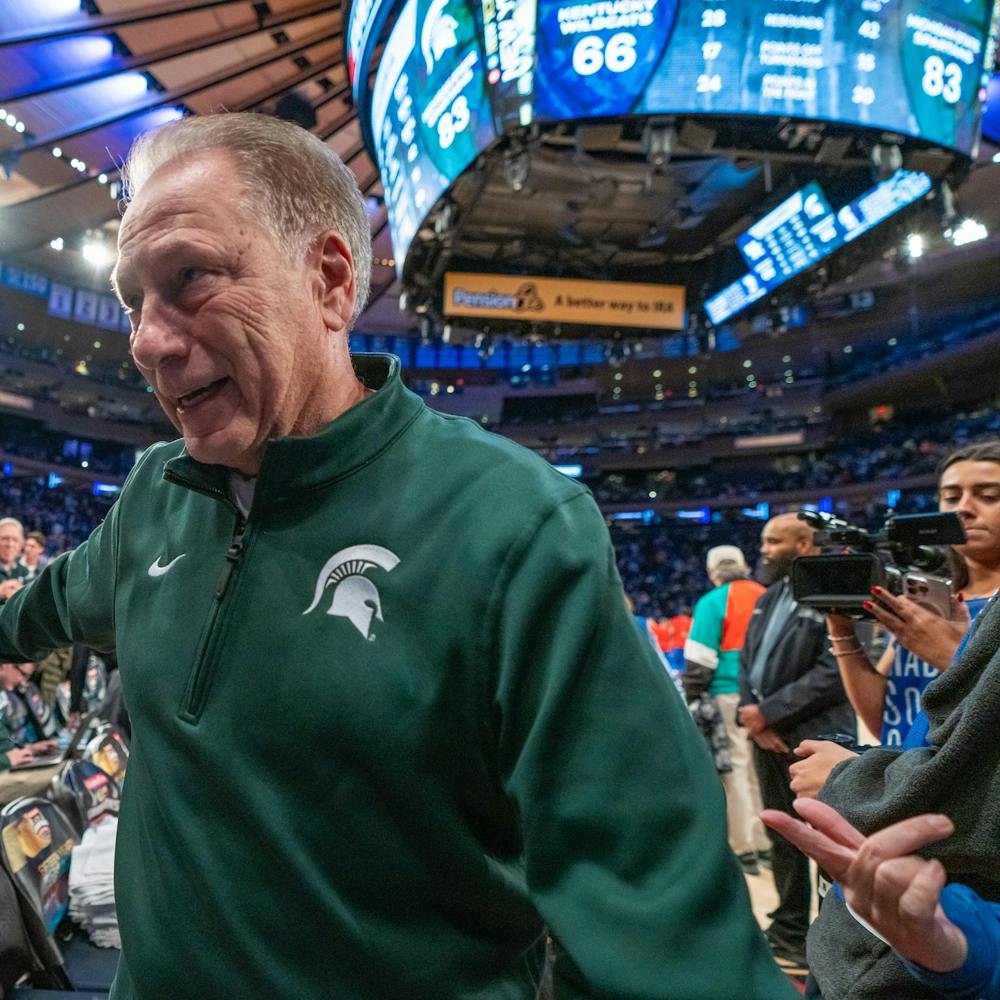The first consumer e-cigarette appeared in the U.S. in 2007. In the next 13 years, the industry would grow exponentially, but over time would be thoroughly criticized by lawmakers.
In September 2019, Michigan Gov. Gretchen Whitmer banned flavored vapes.
On Dec. 20, 2019, Congress passed a law raising the federal minimum age to purchase tobacco products from 18 to 21. This regulation also includes vape products.
In 2020, the Trump administration has announced plans to ban most vape flavors nationwide.
What lead to the anti-vaping sentiment in lawmakers? How did we get here, and what's next for the tobacco industry's darling?
The first consumer e-cigarette appeared in the U.S. in 2007. The oldest records of e-cigarette imports are from a 2006 U.S. customs tariff report that described the vape as "a nicotine inhaler that has atomized smoke being forced out of the plastic mouthpiece tip."
The first vaping-related death didn't occur in the U.S. until 13 years after the product's arrival. On Aug, 23, 2019 an Illinois resident died from a vaping-related injury, according to a newsletter from Illinois Department of Public Health. Since then, the total has peaked to 59 vaping-related deaths within 28 states.
Michigan Department of Health and Human Services, or MDHHS, reported Michigan has had 65 lung injures from vaping since August 2019. A third vaping-related death was announced by MDHHS early January 2020. The first death occurred in October 2019, second in November 2019 and most recently in December 2019. All deaths were young males.
In September, Gov. Gretchen Whitmer banned fruit and candy flavored vape products. Several states followed Michigan's ban, including New York.
The Trump administration followed suit and moved to ban all flavored vapes, but the ban was overturned in November 2019. The administration has expressed plans to ban certain flavors in the future.
In Michigan, the ban of flavored vape and nicotine products is currently locked in a legal battle.
"In Michigan, emergency rules banning flavored nicotine vapor products are currently in litigation and at the appellate stage," said MDHHS public information officer Lynn Sutfin, via email.
"Due to pending litigation we (MDHHS) cannot comment further," Sutfin said.
The e-cigarette industry could face more potential roadblocks in the future, both in Michigan as well as nationwide.
The New Hampshire state government is voting on a bill that could completely ban all flavored vape products. Gov. Jay Inslee of Washington has also proposed a ban on flavored vapes.
In Michigan, House Bills 5159, 516 and 5161 would ban vape products with vitamin E acetate in them, a common ingredient in nicotine vapes as well as THC and CBD vapes.
"The CDC confirmed back in December that they believed vitamin E acetate was the main culprit behind the recent rash of vaping related incidents that lead to the deaths of 39 people and injuring a couple thousand others," HB 5161's sponsor, State Rep. John Bellino (R-17) said, via email.
The vitamin E acetate that this bill aims to ban is a common ingredient in lotions and supplements.
"The CDC states it is considered safe in these products and is only potentially dangerous when inhaled," Bellino said.
Bellino said he feels confident that his bill will make it to the governor's desk.
Support student media!
Please consider donating to The State News and help fund the future of journalism.
"I am confident that these bills will be signed into law as they passed the House 107-1-1 and is not particularly a controversial bill," he said.
Discussion
Share and discuss “Third vaping death in Michigan: How we got here and what's next” on social media.







